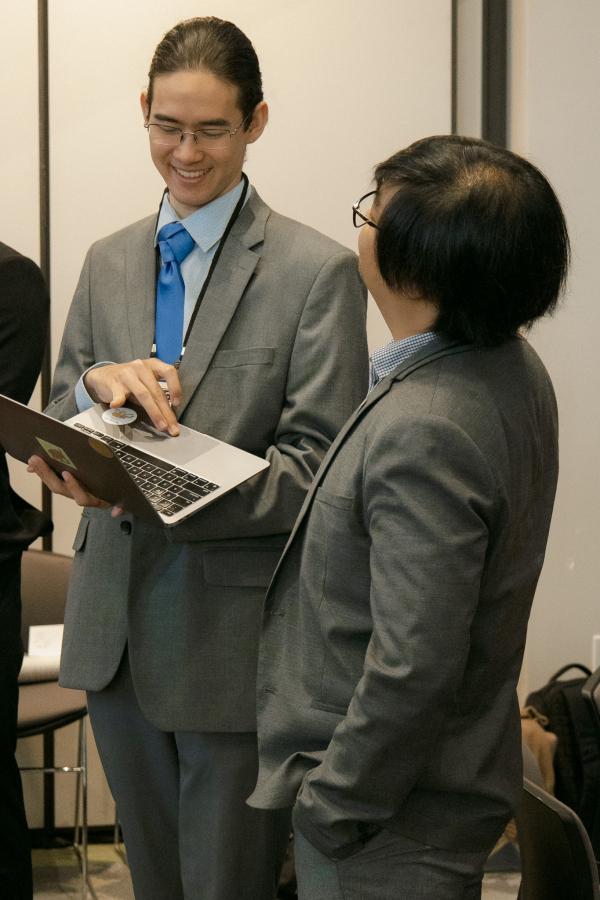CATLab Blog Answering New Questions Through AI

In this blog, Curtis Barnhart and David Oyebade explain how they used AI to monitor Westmont's energy usage and give more information to the community.
Our energy AI project predicts Westmont’s future energy use based on historical data and sends peak alert emails to pertinent Westmont parties when predicted energy usage rates near a monthly high.
Many factors go into Westmont College’s monthly electric bill, such as total usage in a month and total usage during high energy traffic hours. Interestingly, a large part of that bill is tied to just one factor: the highest rate of usage at any given point over the course of the month. Historically, around half of Westmont’s energy bill has been due to the highest rate of energy usage charge. For this reason, we focused our efforts on predicting when these peaks in energy usage would occur, knowing that if we achieve a decrease of even five to ten percent in those peaks, Westmont’s energy bill could be reduced by several thousand dollars each month.
In order to predict future energy use, we first had to access historical data. We obtained Westmont’s past energy use data from Southern California Edison and a historic weather dataset from the National Centers for Environmental Information. Unfortunately, the NCEI’s weather records were missing large segments of data. We overcame this obstacle by carefully interpolating the missing values, referencing existing values that preceded the missing segments by one or two days. After interpolation, we had two complete datasets.
The next step of our project involved machine learning. We trained an extreme gradient boosting regression model on our historical data to predict future energy usage. We used eighty percent of our historical data for training and twenty percent for validation accuracy, obtaining a mean average error of twelve kilowatts in the end. As the average predicted value was about one hundred fifty kilowatts, the margin of error on our predictions was less than ten percent.
Now that we had a way to predict energy usage, we had to put these predictions to use for Westmont. We derived a threshold for near peak energy usage based on historical data, then used Google's Gmail API to automatically send out emails to relevant Westmont parties whenever our model suggests that energy usage may exceed our threshold. This allows Westmont to utilize our predictive power and analysis.
In action, our project gives Westmont awareness of when it may be nearing peak levels of energy usage, allowing staff to react and lower their energy usage. We have also left room for the project to be extended—perhaps with analysis of individual buildings or consideration towards implementing a solar plan at Westmont.
